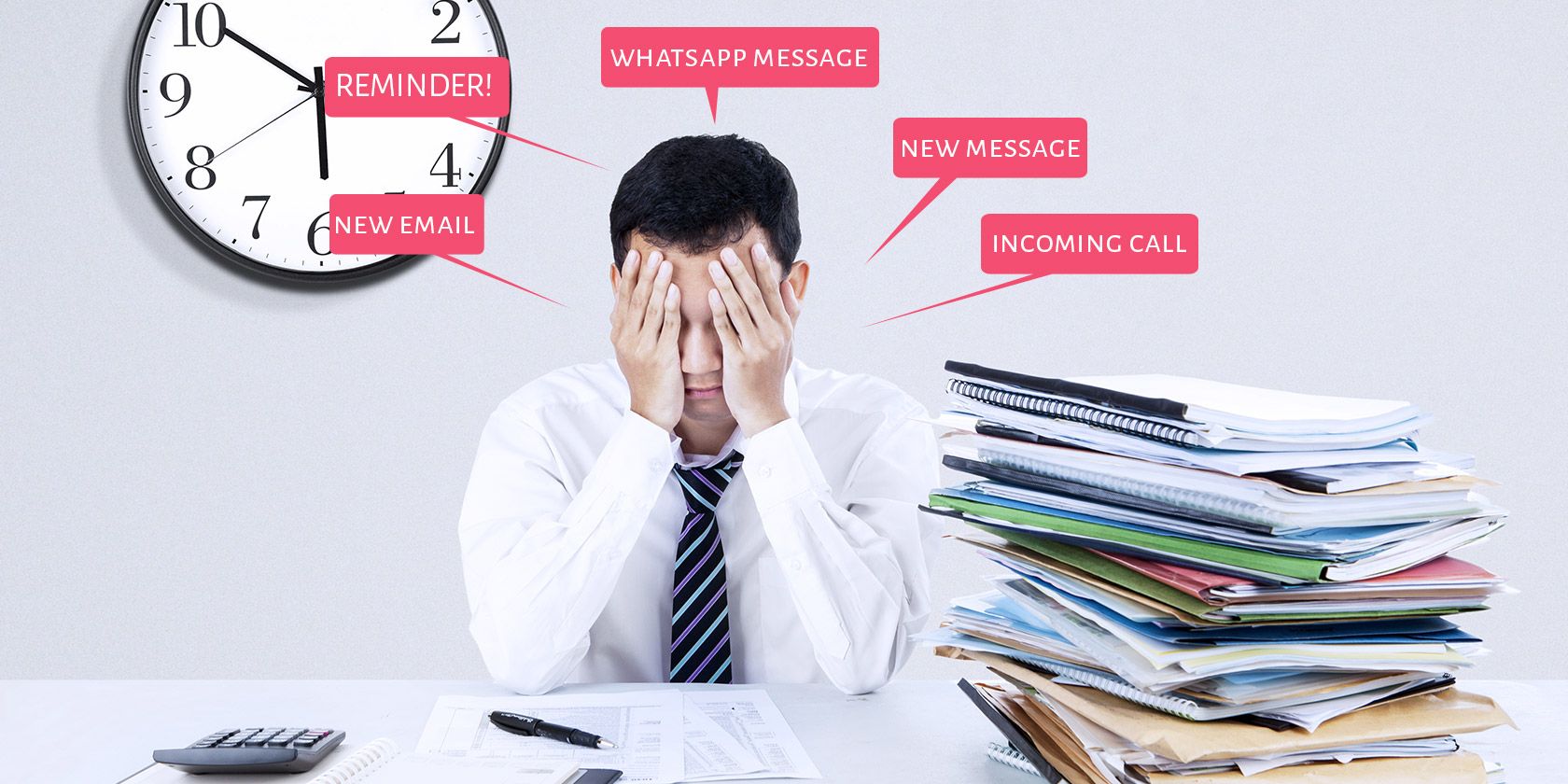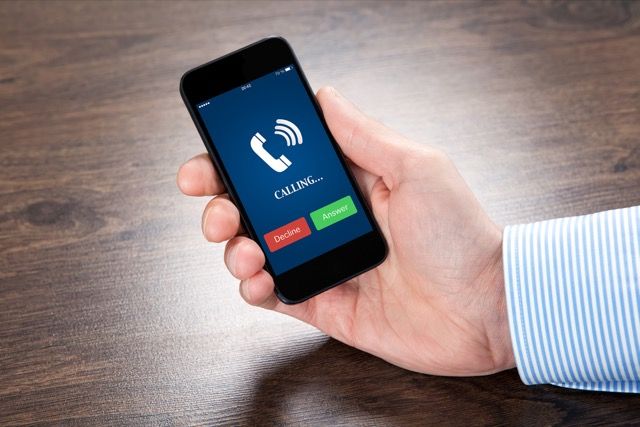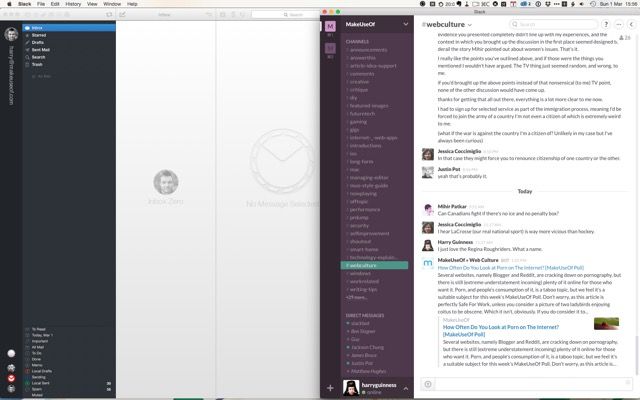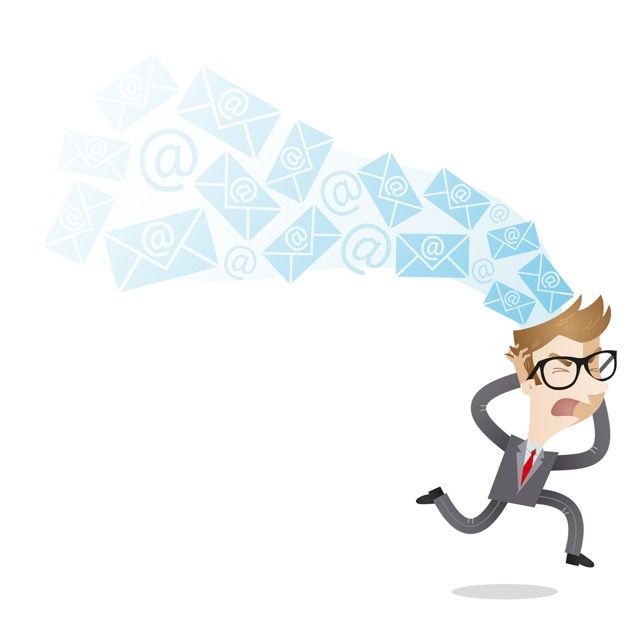When you're working, it's important to focus on the task at hand and not be interrupted by the beep and buzz of your smartphone, tablet and computer.
We've gone so far as to show you how to turn off distracting notifications. However, there's a flawed assumption underlying this sort of approach: it assumes that all notifications are of equal (and negligible) value.
This simply isn't the case — so let's take a more nuanced look at the topic.
All Communication Is Not Created Equal
There are some people I want to be able to contact me at any time, whatever I'm doing, wherever I am in the world. The list is very short — my family and close friends. If they ring me — yes, that's what phones are for — the odds are there is an important reason for it.
Then there are other people who I want to be able to reach me at certain times. When I'm working, I'm constantly communicating with my editors. On the other hand, as nice a guy as Saikat is, when I'm taking time off I'm far more interested in messages from my friends about what bar we're going to.
After that things fall away. Social media notifications, press releases, emails from readers and any other communications are all things I want to see, but only in my own time. I don't want to see social media notifications unless I log into the service; reacting to all the latest tweets is a fools game.
So let's look at how we can put this into practice. These ideas work best when applied to both your professional and personal communications. I recommend splitting everything into three tiers.
These ideas work best when applied to both your professional and personal communications. I recommend splitting everything into three tiers.
Tier One: Always and Unsolicited
Tier one communications are high priority.
They are the ones that will reach you at any time of the day or night. Besides face to face communication, the main thing I recommend you use for tier one is phone calls to your personal number. Tier one is for emergencies. As much as I hate being interrupted, if something requires urgent attention I don't want to miss it because my phone was off.
It's simple to turn your phone into a multi-tiered communication device. In iOS 7, Apple introduced Do Not Disturb mode — the only notifications your phone will make are calls from numbers on your Favourites list. You can do a similar thing with Android. This means you can create a short list of people who can always contact you. Access to that list should be exclusive. Outside of phone calls from people on the list, your phone will be off.
Action Steps
- Make a list of people who you want to be able to contact you all the time. This can include family, very close friends, a neighbour and others depending on your circumstances.
- Use Do Not Disturb on iOS — or one of the options on Android — make it so that any phone call from this shortlist can contact you at any time.
- Activate the Do Not Disturb mode on your phone when you are working, sleeping or otherwise don't want to be disturbed.
Tier Two: Often and Unsolicited
Tier two communications are situationally relevant.
You don't want to receive personal communications while you work or work communications while you take time off. The important thing with tier two communications is that they should be isolated. Work and personal communications should each have their own channel: I use Slack and email for work stuff and iMessage or WhatsApp for personal stuff.
When I work I use Slack for real-time group chat and keep my work email account open with my phone on Do Not Disturb. My colleagues can reach me, as can my tier one contacts but no one else. When I stop working, I take my phone off Do Not Disturb and close down Slack and Airmail — my favourite email client. Now all my friends can reach me but my colleagues can't.
Action Steps
- Look at how you communicate with your coworkers and friends. Try and isolate them to separate communication channels.
- When you're working, have your work channels open but your personal ones closed. Depending on what you do, "open" may mean checking email every hour or it may mean having it up on a dedicated screen.
- Once you stop working, switch off all work communications and turn on your personal channels.
Tier Three: Occasional and Managed
Tier three is for somewhat important communications.
It's for work or personal communication. It should be for things that you still want to receive but only on your own terms.
For me, it's things along the lines of press releases, newsletters I like, social media notifications, and questions from readers. It will be some combination of bulk email and social media notifications for most people. These are things you should only be notified about when you decide to check them.
Action Steps
- Go through your social media profiles and turn off all email and smartphone notifications. For your email accounts also turn off all notifications on your smartphone and computer.
- Every day — or however often you decide — dedicate some time to these services and deal with all the notifications.
Wrapping Up
For this system to work, you need to minimise the amount of unwanted communications you receive. Email is bad for this — I've written before about how to deal with inbox problems.
You also need to keep the channels as distinct as possible.
If your co-workers and friends both use iMessage to contact you, you'll struggle to split the two. While I've focused on using different services, you can do it within the same services. For example, you can have tier one, tier two and tier three email addresses.
Rather than taking a hardline approach, I've tried to tackle the issue of notifications in a more nuanced way. This is an approach that has worked well for me.
Have you used something similar? Struggling to set things up? Let's chat in the comments.
Image Credit: Busy businessman Via Shutterstock, Friend Request via Shutterstock





